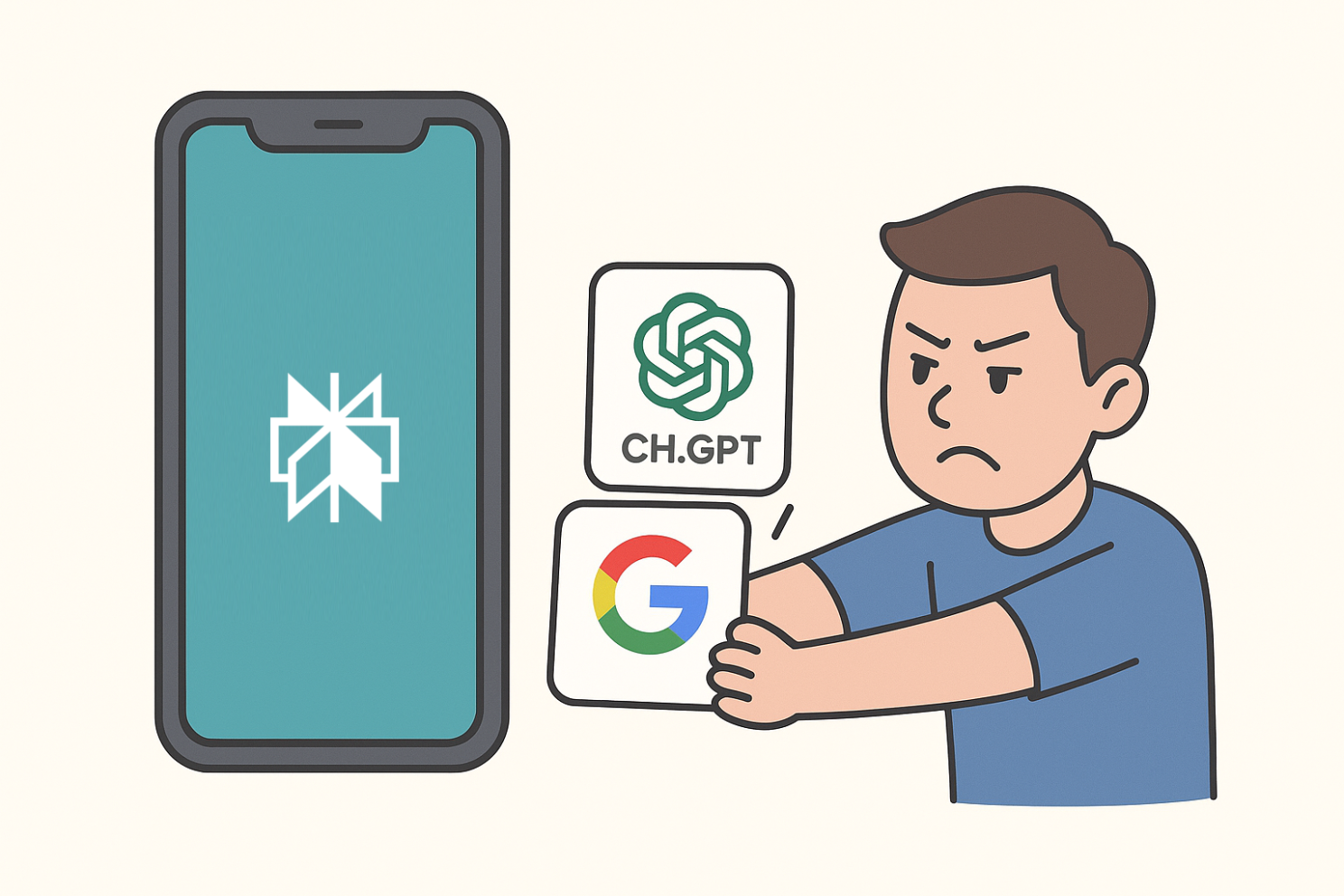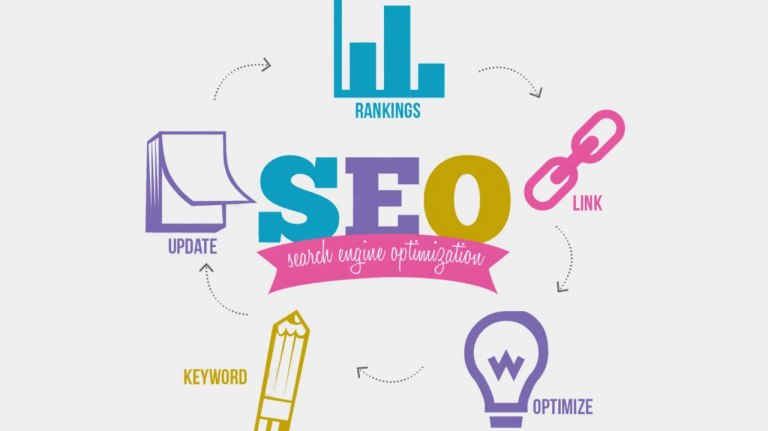Perplexity AI: A High-Valued Facade, Not the Innovation It Claims to Be
Headlines That Sparked the Debate
Perplexity AI, founded in 2022, has exploded onto the scene with its valuation rocketing from about $500 million early in 2024 to $14 billion by mid-2025, and now creeping toward $18–20 billion as of August 2025. The company has amassed backing from heavyweights like Jeff Bezos, Nvidia, SoftBank, and AI luminary Yann LeCun.
Amidst this surge, Perplexity made headlines with an audacious $34.5 billion all-cash bid to buy Google Chrome, a bold move widely seen as publicity driven, considering Chrome’s dominance and the improbability of a sale.

A Closer Look at "Innovation"
Not So Groundbreaking
Perplexity’s core offering is an AI-powered search assistant, combining web search with large language models to provide conversational answers, complete with citations. Clever? Yes. Revolutionary? Not really. Google already does this with AI Overviews and other insight tools that predate Perplexity by years.
This isn’t invention. It’s repackaging—taking existing technology and ideas, cramming them into a UI/UX, and presenting it as innovation.

The AI Stack: Borrowed, Not Invented
Perplexity relies heavily on external language models like GPT-4, Claude, Grok, and Gemini, alongside minor proprietary variants. Its "innovation" is selecting which model to relay, not building one from scratch. That’s integration, not creation.
Where This Clashes With “True Innovation”
- None of these features are first of their kind. Google, Microsoft, and even ChatGPT (with the right prompts) produce nearly identical results.
- Perplexity’s tech stack isn’t proprietary at its core. It depends on models like GPT-4, Claude, and Gemini… meaning the intelligence isn’t “their invention.”
- Their differentiator is UX, not underlying technology. A polished wrapper around existing ideas.
Legal Gray Areas
Major media houses—including The New York Post, Wall Street Journal, and BBC—have sued Perplexity for copyright and trademark infringement, claiming the platform republishes journalistic content without proper licensing. That’s leverage, not innovation.
Performance That Falters Under Scrutiny
Audits show Perplexity’s answers are not always trustworthy. One study found only 51.5% of its generated sentences are fully backed by accurate citations. Others found hallucinations and bibliographic recall issues that underperform compared to Grok and DeepSeek.
A Fancy Wrap Doesn’t Equal Originality
From the Comet browser to Motorola phone partnerships, Perplexity excels at sleek design and marketing. But does a clean UI and bold press strategy equal groundbreaking tech? Hardly. It’s more like Apple’s playbook: polish an existing concept, call it the future, and watch investors drool.
So Why the Buzz and Dollars?
- Convenience: People love simple, polished tools.
- Timing: Investor appetite for anything “AI first” is off the charts.
- Narrative: Rebranding search as "the next disruption" makes headlines.
- Publicity Moves: That Chrome bid? Likely a stunt, but an effective one.
Final Thoughts
Yes, Perplexity AI is successful. Its user base is exploding. Its valuation is sky-high. But no, it hasn’t reinvented search or AI. Its innovations are incremental and aesthetic, built on others’ foundational work.
Perplexity is less about defining the future and more about selling a polished version of the present. That’s a smart business strategy, but the opposite of true innovation.
What’s your take? Are aesthetics enough to define innovation, or do we still need real engineering breakthroughs to count?


